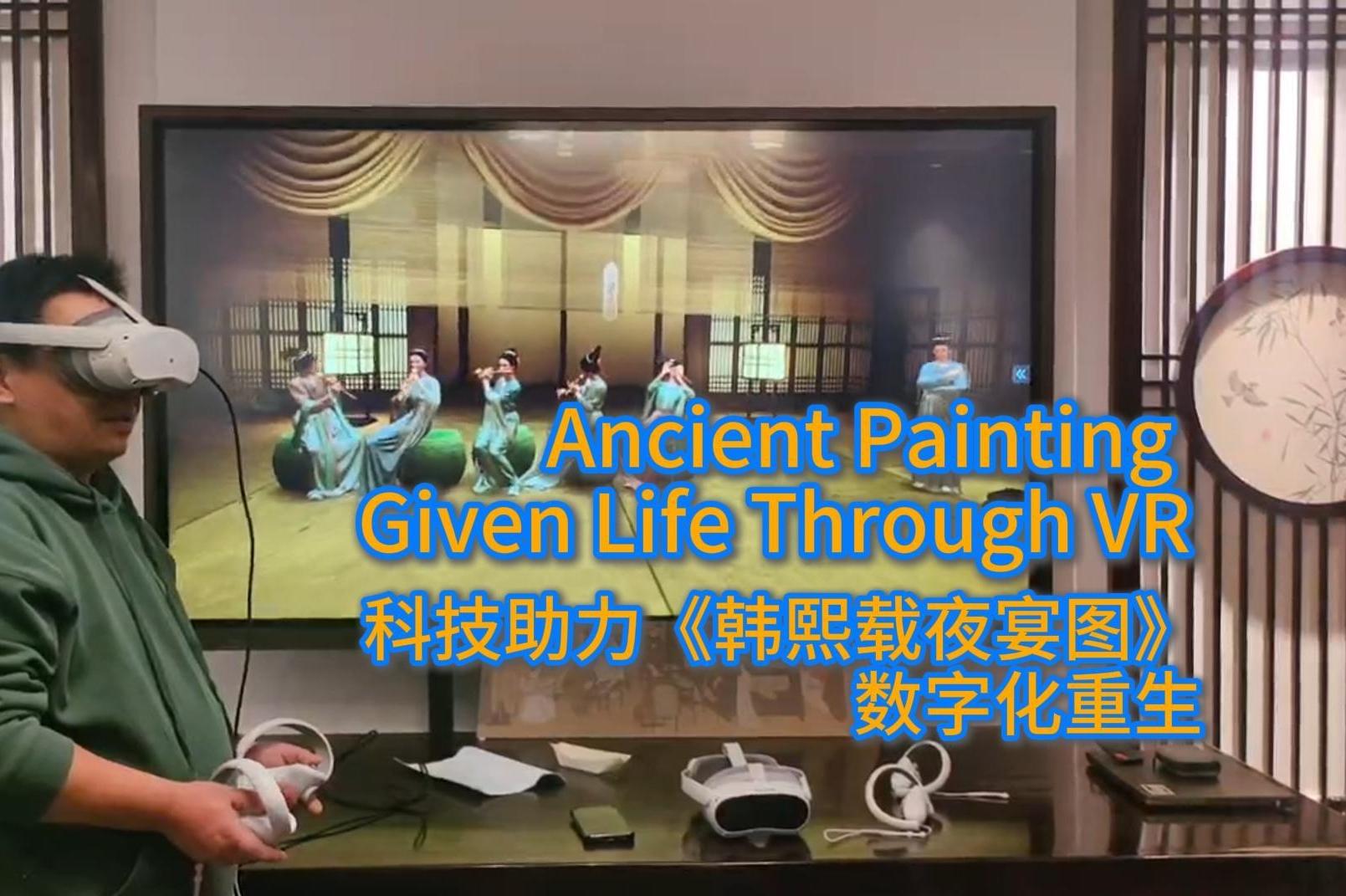Scientific Spirit Drives Dynamic Innovation
When we mention science and technology, what is the first thing that comes to mind? Is it the cool humanoid robots, space exploration, or seeking a cure for cancer? The truth is there are so many fascinating facets of science that it's really difficult to single out just one.
Science includes scientific knowledge, scientific achievements, scientific methods and the scientific spirit. Among them, the scientific spirit is at the forefront, because it entails uncovering the thoughts and concepts embodied in scientific knowledge. The scientific spirit can best be described as a general term for common belief, value standards and behavior norms formed by people who have spent their lives immersed in scientific practice.
Promoting the scientific spirit is not only the internal responsibility of the scientific community, but it is also related to all aspects of China's economic, political, social, cultural and ecological civilization construction. It is therefore indispensable. Innovative activities guided by the scientific spirit are full of vitality and hope.
Scientific achievements cannot be made without spiritual support. The scientific spirit is the precious spiritual wealth accumulated by sci-tech workers in long-term scientific practice. Since the founding of the People's Republic of China (PRC), a large number of sci-tech workers have made breakthroughs in various fields, and fostered a unique spiritual temperament.
Scientific spirit flourishes
Since the founding of the PRC, China's understanding of scientific spirit is deepening with expanded exploration in this field. In the 1950s, China issued the order of "marching towards science." Then the country issued the 1956-1967 Long -Term National Program for Scientific and Technological Development, and made some major sci-tech achievements represented by "Two Bombs and One Satellite."
Renowned space scientist and developer of China's atomic bomb and missile, Qian Xuesen said, "We can not imitate others, and this is not the scientific spirit. The most important thing in the scientific spirit is innovation."
The spirit of "Two Bombs and One Satellite" is an important symbol of the achievements made since the founding of the PRC, and is the glory and pride of the nation. It has inspired countless sci-tech workers to make innovations and overcome difficulties.
On March 18, 1978, the National Science Conference was opened in the Great Hall of the People in Beijing, heralding the renaissance of science and technology in China. In 1988, China proposed that science and technology become the primary productive forces, and the country should develop its own high-end science and technology. This was because high-end sci-tech achievements reflect the capability of a country and a nation, and it is also a sign of the prosperity of a country.
Becoming a sci-tech powerhouse
Since the 18th CPC National Congress, the basic institutional framework of China's sci-tech innovation was established, with reform, innovation and development being a mutually driven cycle. China's sci-tech undertakings have since shown a new outlook.
In 2023, China ranked second in the world in the scale of its research and experimental development expenditure, with a ratio of 2.64 percent to GDP, exceeding the average level of EU countries. According to the Global Innovation Index, China's overall ranking of innovation capacity jumped from 34th in 2012 to 11th in 2024, making it the only middle-income economy in the top 30.
For many years, China's R&D expenditure, R&D personnel, high-level papers, and invention patents have been among the highest in the world. A large number of landmark achievements have been made in manned spaceflight, lunar exploration, developing Beidou Navigation Satellite System, and deep-sea exploration. Emerging industries such as integrated circuits, artificial intelligence, and new-energy vehicles have also developed rapidly.
More than 160 countries and regions have established sci-tech cooperation with China, and 118 inter-governmental agreements on sci-tech cooperation have been signed. At present, China has entered the ranks of innovative countries.
Science and technology are the foundation of national prosperity, and innovation is the soul of national progress. Over the past 75 years, China's sci-tech industry has experienced a grand journey from "marching towards science" to proposing "science and technology are the primary productive forces," and from implementing the strategy of rejuvenating the country through science and education to building an innovative country.
China has emerged as a major driver of global innovation, and is making great strides towards the goal of becoming a world sci-tech powerhouse.







